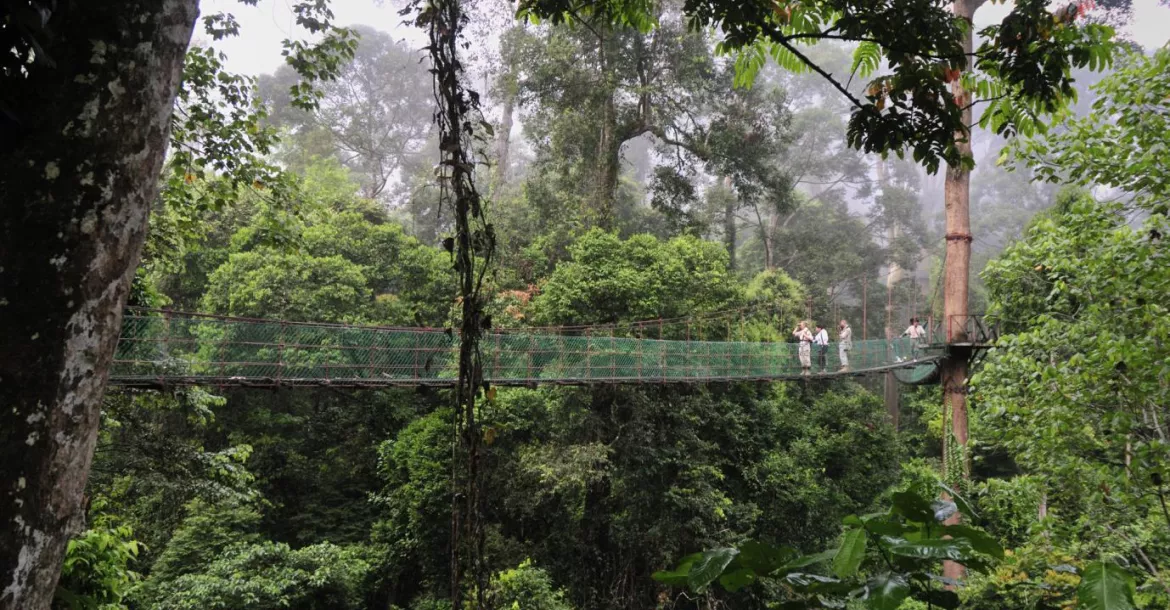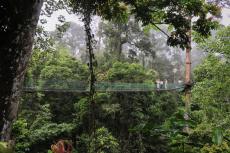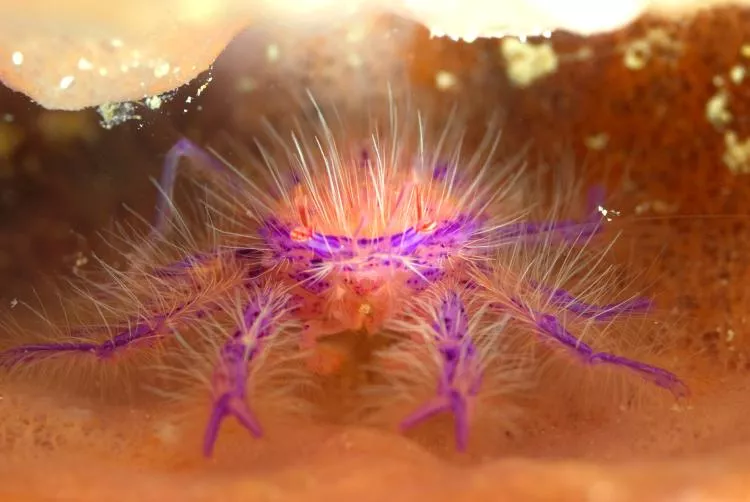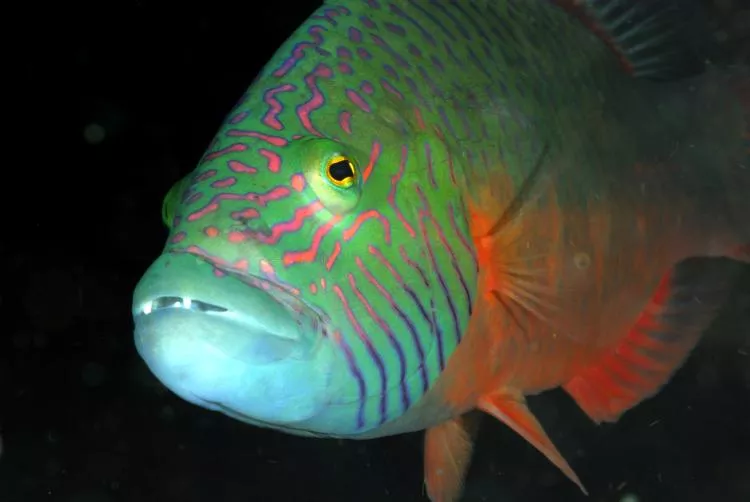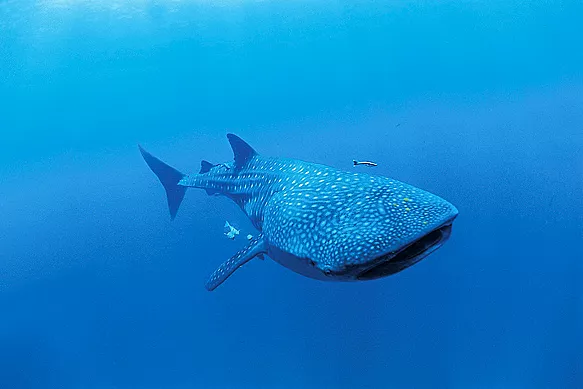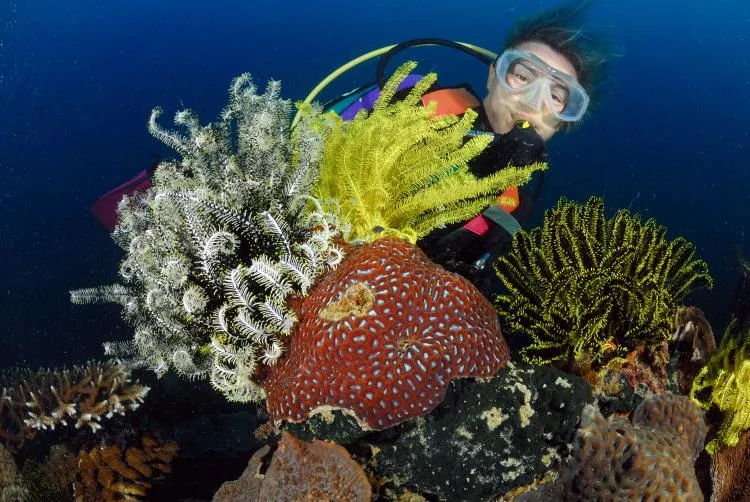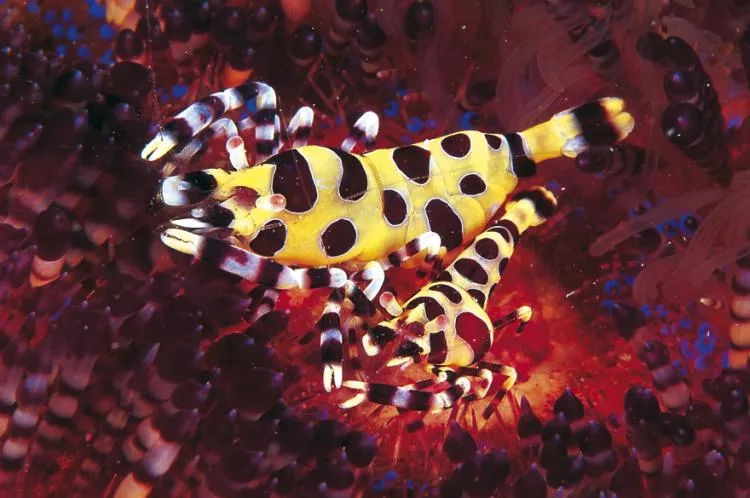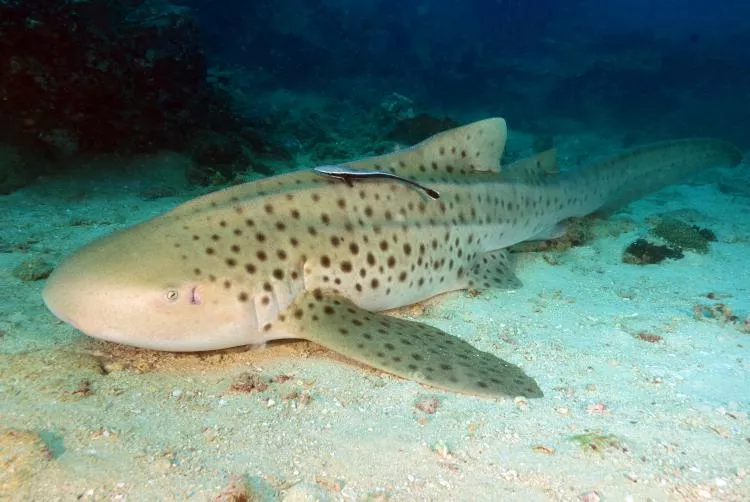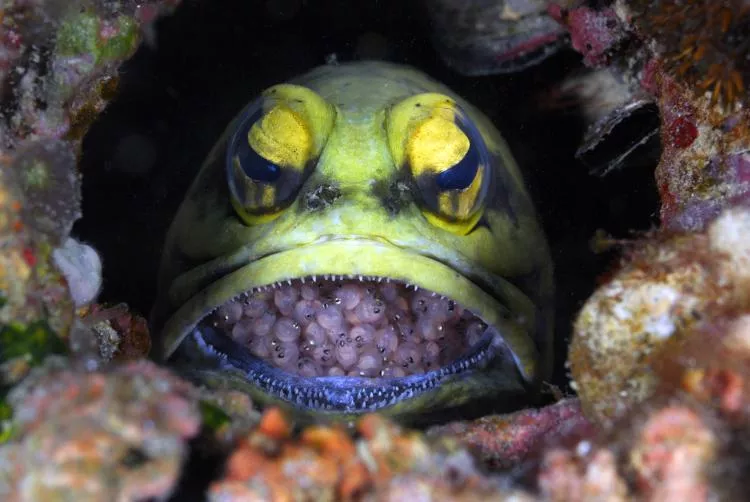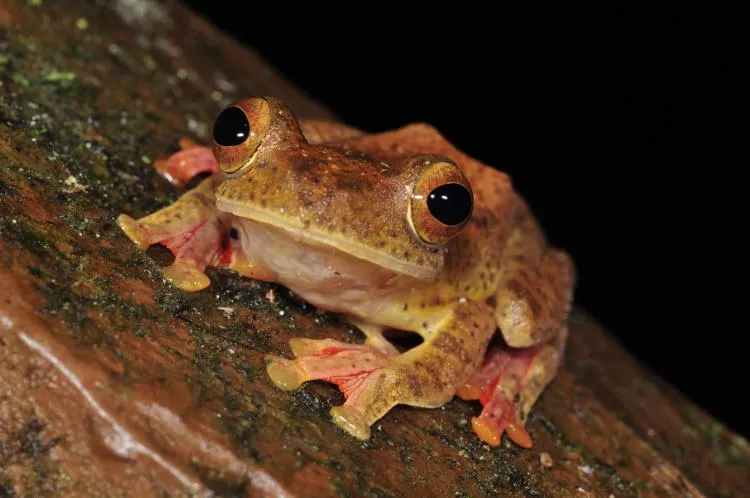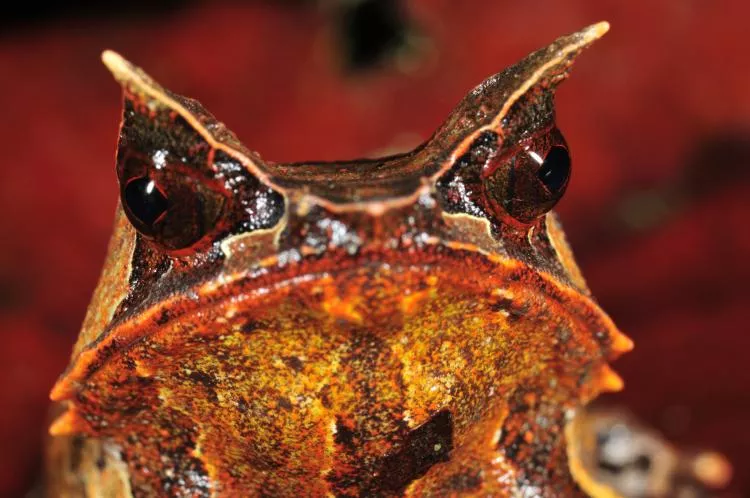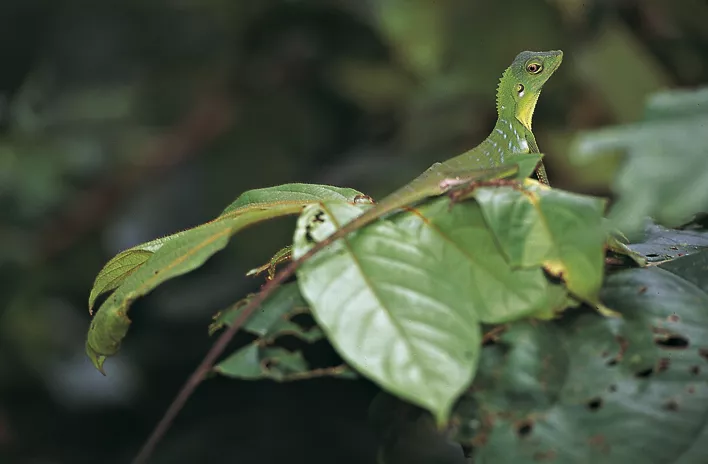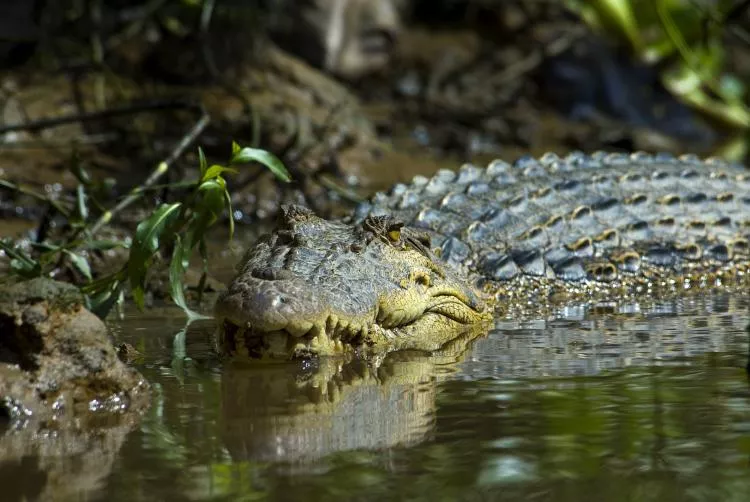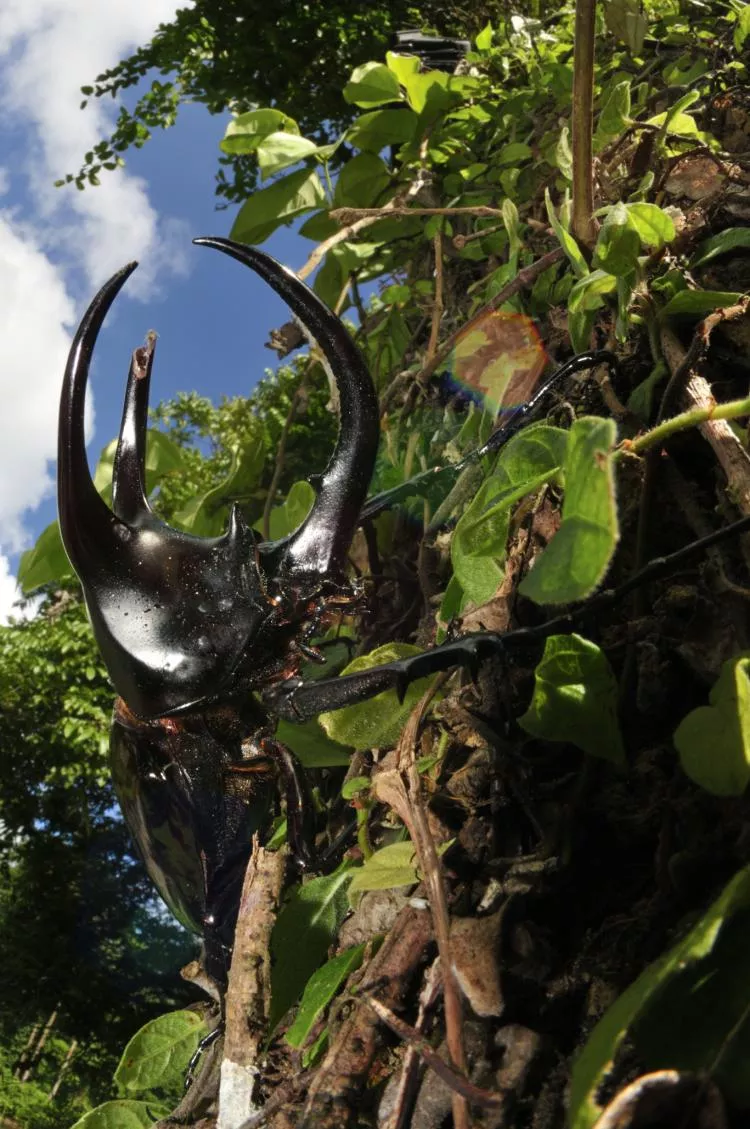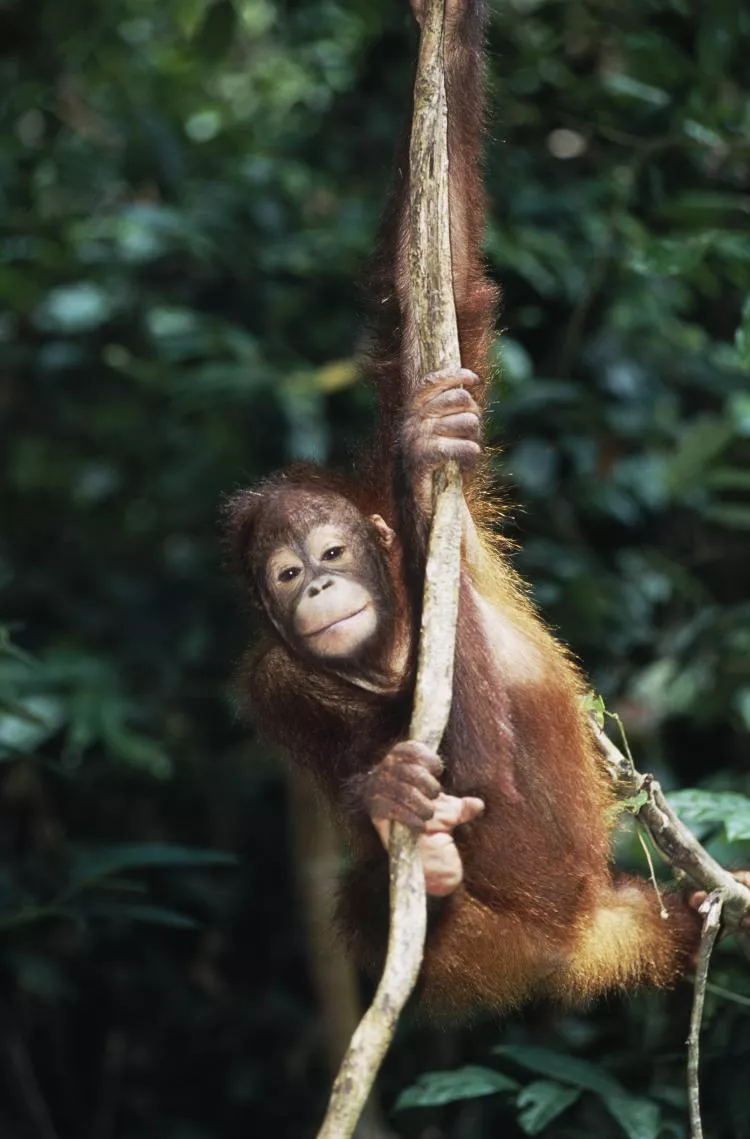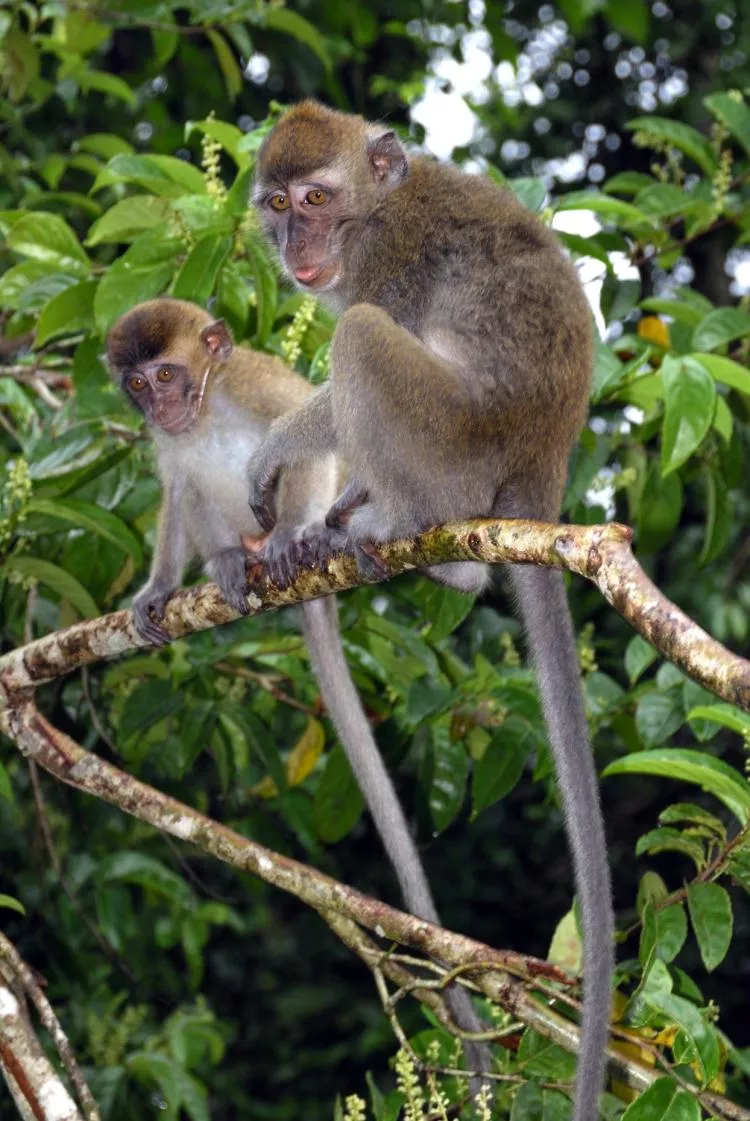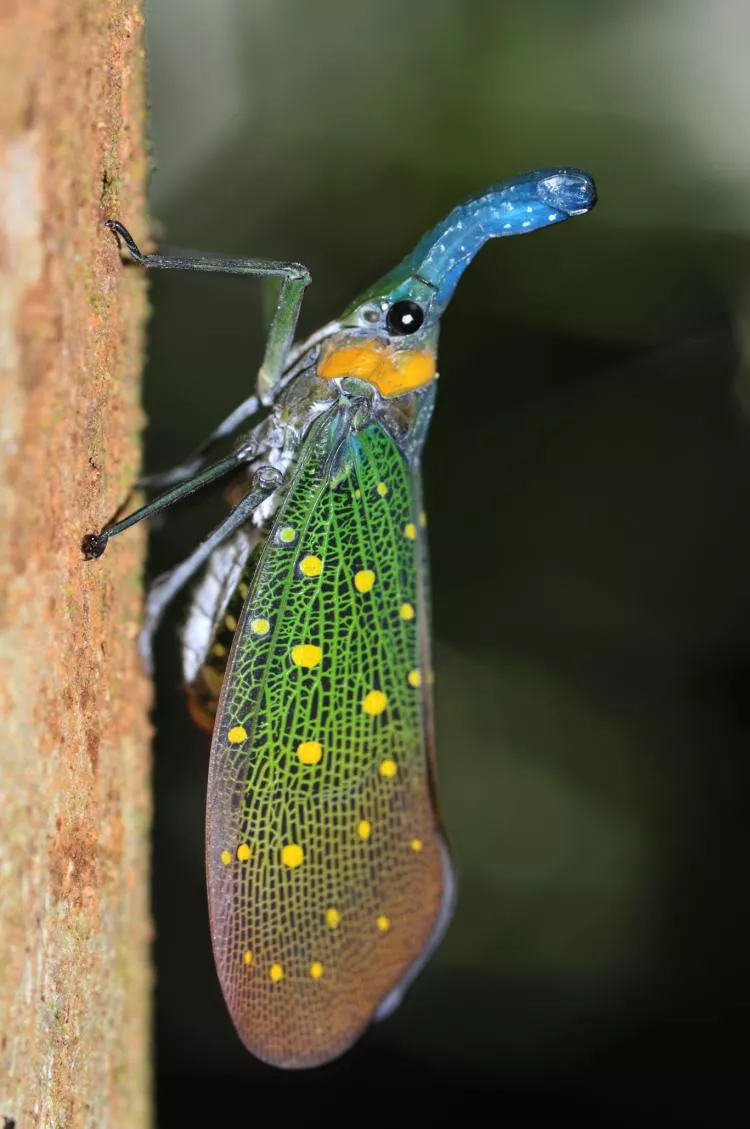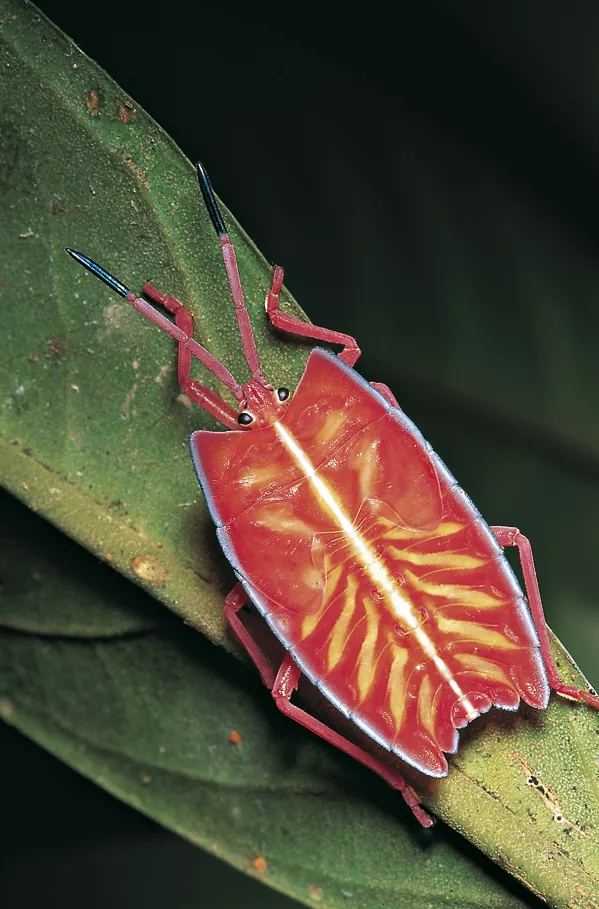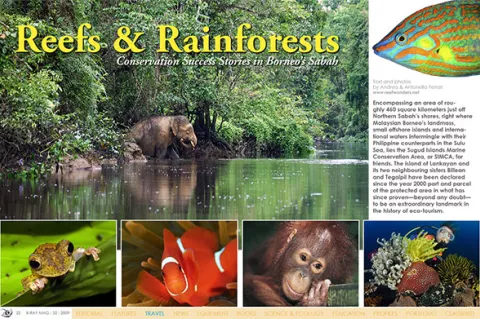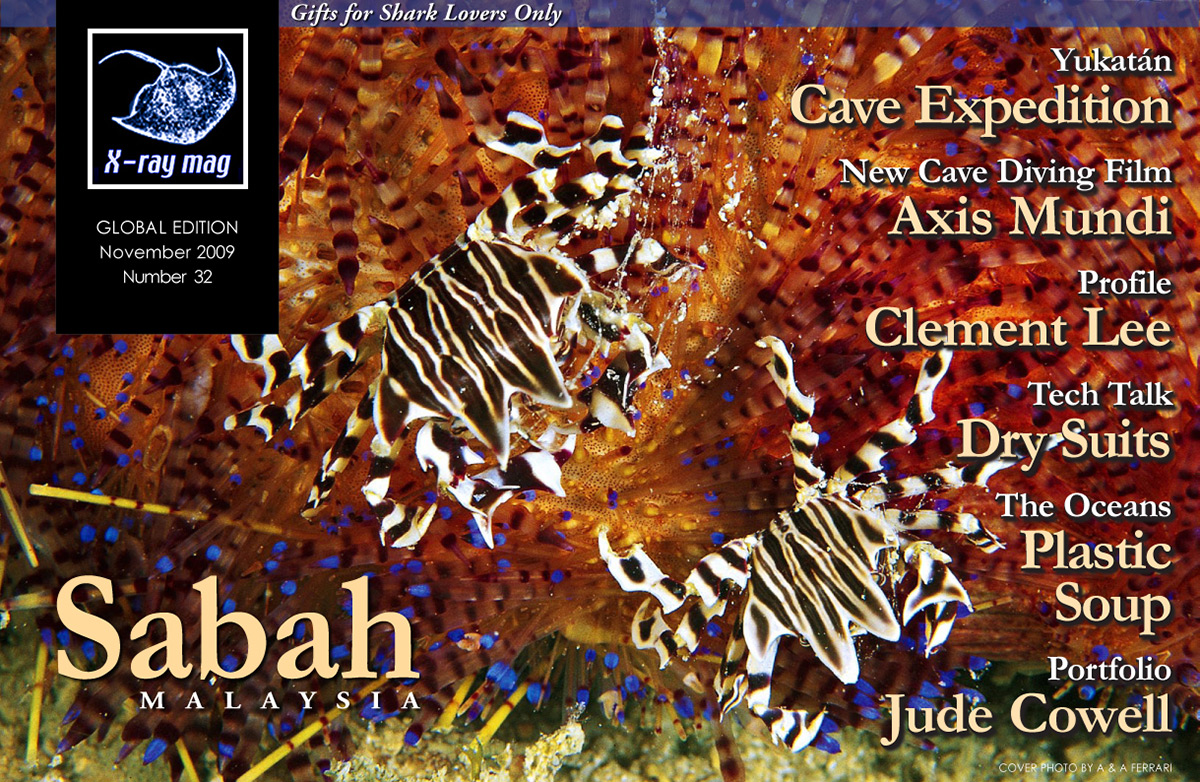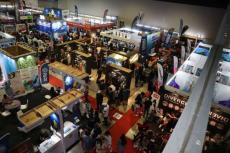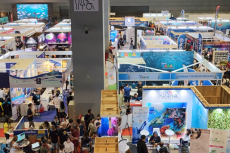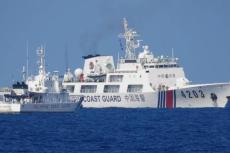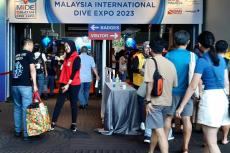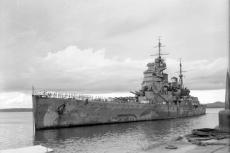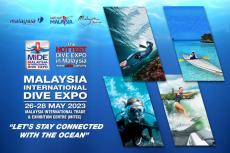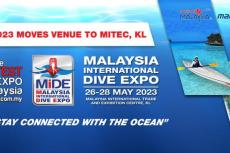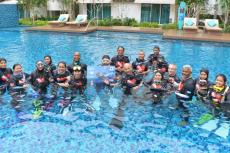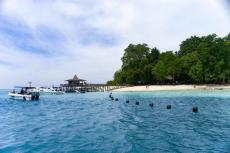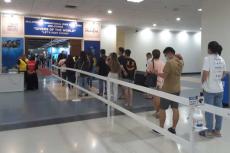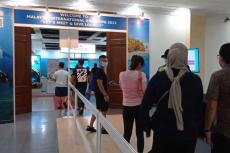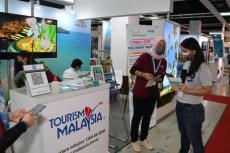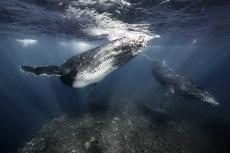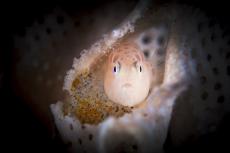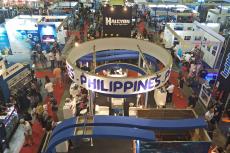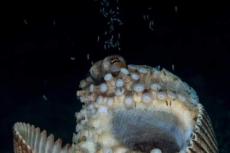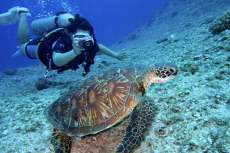Encompassing an area of roughly 460 square kilometers just off Northern Sabah’s shores, right where Malaysian Borneo’s landmass, small offshore islands and international waters intermingle with their Philippine counterparts in the Sulu Sea, lies the Sugud Islands Marine Conservation Area, or SIMCA, for friends. The island of Lankayan and its two neighbouring sisters Billean and Tegaipil have been declared since the year 2000 part and parcel of the protected area in what has since proven—beyond any doubt—to be an extraordinary landmark in the history of eco-tourism.
Contributed by
Destructive practices such as cyanide fishing, reef bombing and deep-water trawling—which had been regularly employed in the area for several years by local and Philippine fishermen—are today no more allowed in the surrounding waters. Turtle eggs are regularly collected from nests dug in the sand and safely hatched under controlled conditions for reintroduction in the wild, and many other conservation programmes are now being—and will be in the future—vigorously implemented by Sugud Islands Marine Conservation Area’s (SIMCA) managing company Reef Guardian, a private venture working in strict accordance with the Sabah Wildlife Department.
The area within the borders of SIMCA consists of a beautiful environment encompassing small uninhabited coral sand islands, patches of mangroves, huge seagrass beds, shallow sandy flats and an immense number of submerged coral reefs that host an enormous number of marine species, many of which are still waiting to be scientifically described.
SIMCA’s main topside landmarks are the uninhabited and sun-scorched islands of Billean and Tegaipil, and of course, the fabled Lankayan Island—the only one with a human presence. Lankayan boasts a world-famous, upper-class, and most of all, eco-friendly dive resort, sitting in splendid isolation on this tranquil little private island in the midst of the Sulu Sea.
Since our first visit to Lankayan more than twelve years ago, we immediately realized there was something special about the place. The island (or “Pulau” in Malay) is strategically situated between the coast of Sabah and the myriad of islands spreading from the Southern Philippines. Its very name means, in fact, “the last outpost”. This labyrinthine maze of shallow turquoise waters and jungle-clad sandy cays has hidden and protected for centuries the secret sea lanes used by pirates, poachers, smugglers, and even assassins.
Marine life
Fish life is unbelievably abundant, luring in fleets of trawlers from both countries and the occasional big game fisherman. It was two of these, Ricky Chin and Kenneth Chung—two friends from the nearby coastal town of Sandakan—who discovered it several years ago during one of their big game fishing forays, and who made friends with Haji Bambi, the only man who back then was living there, after a life rich in adventures in the sea between Sabah and the Philippines.
To make a long story short, their meeting was at the origin of Pulau Lankayan as we know it today—a small, pristine tropical island on which a quiet, elegant resort caters to the needs of discerning divers and vacationers from the world over. A perfect holiday destination, the place —a tiny dot in the Sulu Sea about one-and-a-half hours by speedboat from the coastal town of Sandakan in Malaysian Sabah, on the island of Borneo—is a gorgeous, picture-perfect cay, boasting pure white sandy beaches and a lovely, garden-like jungle interior, offering the exhilarating diving one has come to expect from Sabah’s dive sites (shallow coral reefs, unsurpassed macro life, undescribed new species waiting to be discovered, big fish action, enormous biodiversity, interesting wrecks).
Add to the mixture an exquisitely styled, upscale resort, elegant and comfortable twin-sharing seafront chalets with private and well-appointed bathrooms, an open-air restaurant offering great food and a spectacular sundeck with an endless expanse of turquoise water just a few feet below, and you’ll see why we love the place.
Here’s a private exotic island where even non-divers can enjoy the perfect holiday, relaxing on the beach or snorkelling in the crystal-clear shallow waters of the lagoon, while sea eagles fly over, their piercing screeches tearing the sky in the distance, and the jungle-shrouded mountains of Sabah tower on the horizon, bathed in golden glorious sunsets.
An informal, friendly, casual atmosphere adds to the pleasant feeling of “away-from-it-all” relaxation. Everything is so well spaced out and cleverly planned you might sometimes think you’re all alone by yourself on the island.
Diving
The diving is at shallow to medium depths, always enjoyable, never risky or fatiguing. The dive center is well equipped and ideally situated at the end of the long jetty. The island staff are, if possible, even more cheerful and willing to help than in the rest of Sabah, Malaysia—a country remarkable for its extraordinary tradition of hospitality.
Small species here—many absolutely fascinating and quite a few still undescribed by science—reign supreme: resplendent gobies, unbelievably colourful nudibranchs, dwarf cuttlefish, fluorescent fire urchins with attendant crabs and huge lobsters dot the sand and coral bottom of each and everyone of the thirty-plus dive spots Lankayan offers at the moment.
The list of rare species regularly observed here includes robust and ornate ghost pipefish, frogfish, mandarinfish, blue-ringed octopus, wonder octopus and giant jawfish. Larger sightings along the reef include lots of harmless bamboo and coral cat sharks, blue-spotted rays, yellowtail and chevron barracudas, huge shoals of scads and robust fusiliers, giant bumphead parrotfish, a large variety of scorpionfish and lots of leopard (or zebra, as they are sometimes called) sharks.
Chance encounters with bigger fish are not uncommon: very large adult blacktip sharks are commonly observed in several of Lankayan’s outer dive sites, whale sharks patrol in season the open ...
Published in
- Log in to post comments

